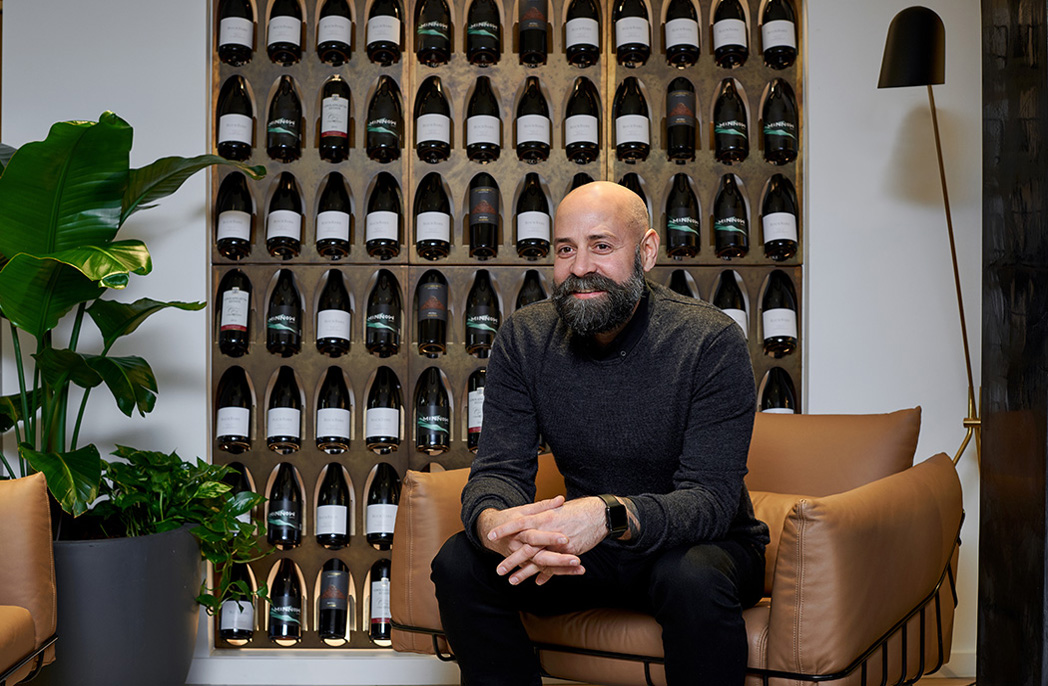
“We did very much learn on the run” – BKK Architects on 21 years in practice
“We did very much learn on the run” – BKK Architects on 21 years in practice
Share
The three leaders at BKK Architects typify the collegiate nature of Melbourne architecture practices. And it’s been that way since the very start…
In days of yore, 21 was when we were given the key of the door and launched out into the world as fully-fledged adults. Things aren’t that cut and dried anymore, but as BKK Architects celebrates its 21st birthday, its maturation as a practice is undeniable.
Recent high-profile projects include a collaboration with Kerstin Thompson Architects on a cultural centrepiece for the City of Whitehorse, another with Kyriacou Architects on part of the Victorian Level Crossing Removal Projects and, of course, the award-winning ACMI Renewal.
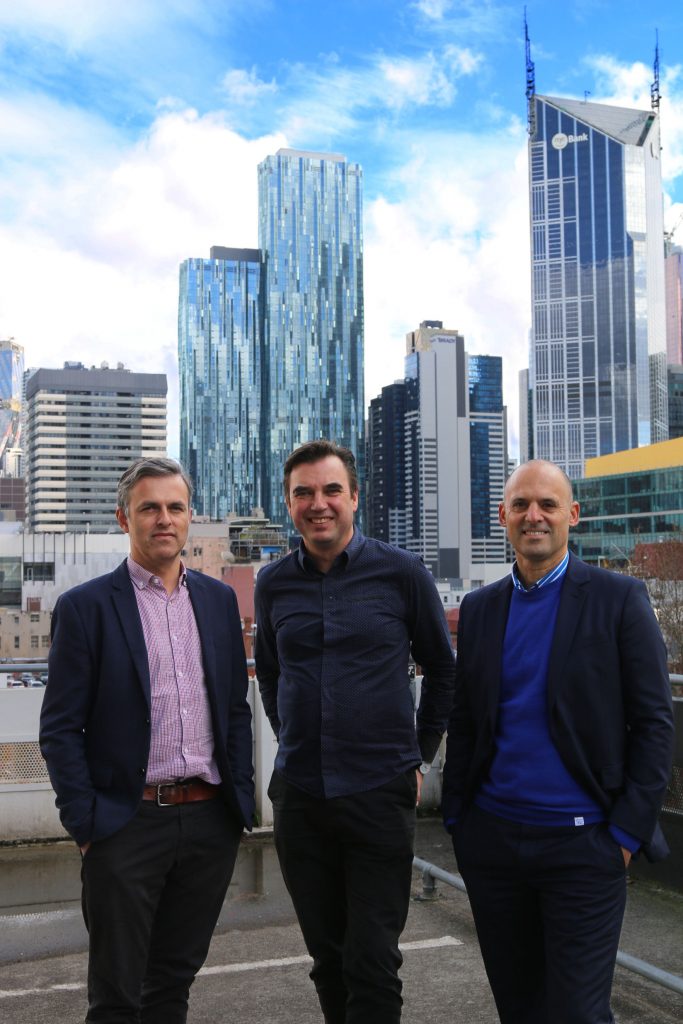
The practice has also just been announced as part of the preferred team on a $15 billion, city-shaping infrastructure project – the NE Link – partnering with TCL and Warren and Mahoney as the urban design/landscape team.
The most surprising thing perhaps is just how much the practice has managed to accomplish, considering its non-hierarchical structure and determination to ensure everyone gets their say.
The interview for this profile with partners Simon Knott, Tim Black and George Huon ran way over time and could easily have lasted for hours longer.
Along with co-founder Julian Kosloff, Knott and Black officially incorporated the studio in 2000.
Kosloff was at the practice for 17 years before he and fellow principal Stephanie Bullock moved on to form Kosloff Architecture. It was an amicable parting of the ways, says the trio now. “It was just a decision to go in different directions,” says Knott.
The team initially came together through their shared experience at RMIT.
“It was and still is a fantastic learning hub and breeding ground for architecture,” says Knott, adding how it instilled a “collegiate sense around Melbourne of talking about architecture and ideas”.
According to Black, one of the best things about RMIT from a practice perspective was that, unlike most local schools, it didn’t have a general studio space on campus. “This led students to set up their own studios in a cheap rented space within the city and that was a very formative time for us. Simon and I shared one for some years.”
While Huon started out as an artist, coming to architecture as a mature student, Black and Knott both spent time studying commerce as well as architecture. And Black has since returned to study to acquire an MBA; however, their business savvy was mostly learned on the job, they say.
Knott gained vital experience working with Neil Clerehan when he was just 25 and the great man was in his 70s. It meant he was able to meet people who had spent 40 years living in houses Clerehan had designed.
“They talked about how much they loved them and how much Neil had changed their lives and their kids and grandkids had grown up in these houses. It really instilled in me the sense of the importance of architecture and how much it could change people’s lives.”
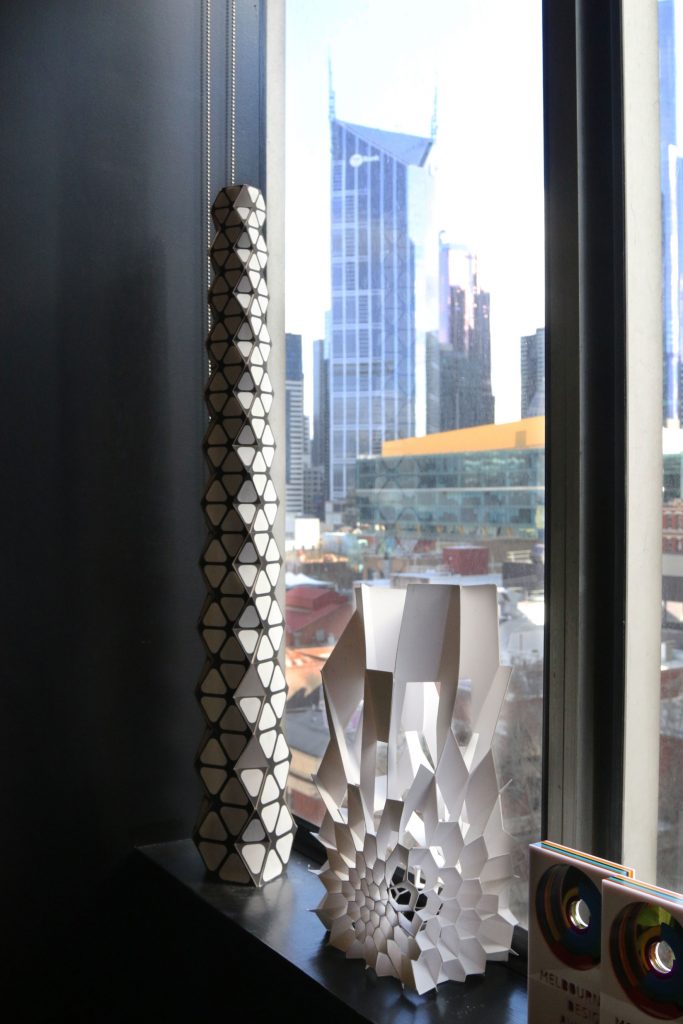
A move to Wood Marsh built on this foundation. The studio was growing from a few people to a larger practice and taking on much bigger projects, and Knott found himself taking on a project architect role “well before my time”. Both practices taught him how to use his initiative, he says.
“The sink or swim thing was pretty real at Wood Marsh…”
Black also learned from the best, cutting his architectural teeth working for Peter Elliott, where he was exposed to much more than how to be a great designer.
“Peter is a very good leader and manager; he’s incredibly well-rounded as an architect,” he says.
Starting their own practice was still a leap into the unknown, however. “I think we went into it with a fair amount of naivete,” says Knott. “We had a couple of computers and started around the kitchen table. I think if you said ‘this is what’s involved’ I’d probably have thought twice about doing it.
“Architecture has become a lot harder in the 20 years we’ve been in practice,” he adds, indicating the relative simplicity of planning processes and gaining building permits when they started out.
“We did very much learn on the run,” he says.
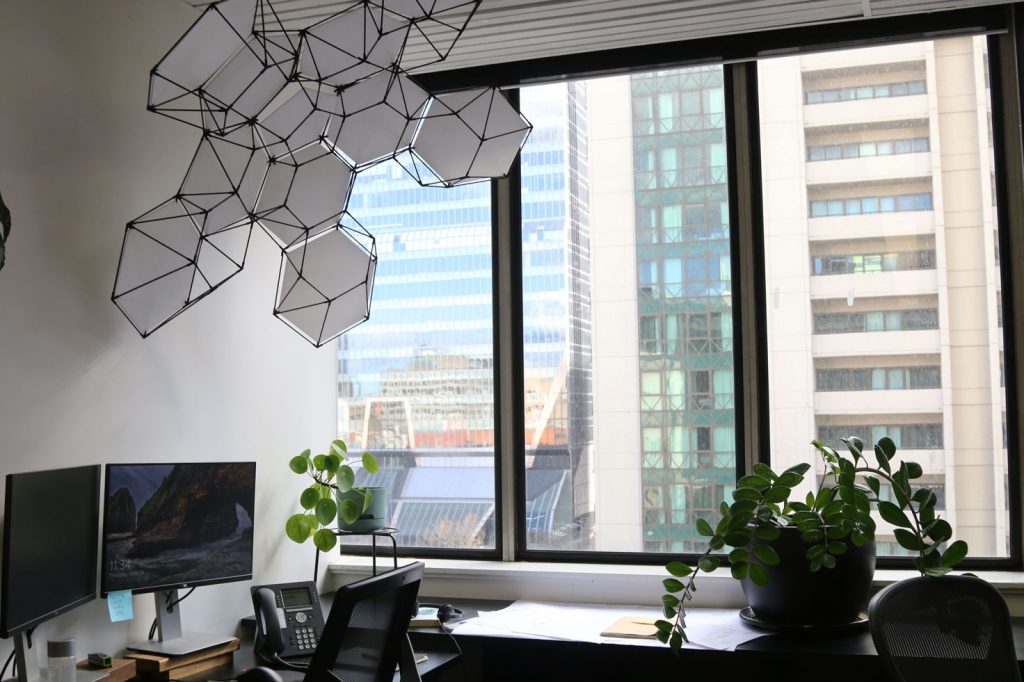
The trio stress again and again that their biggest help in the early years came from their peers. They were part of a monthly practice management group with studios like Jackson Clements Burrows, Jeremy Wolveridge and Neil and Idle, sharing information.
“This goes again to the collegiate nature of architecture in Melbourne and how supportive it is. I think it’s quite unusual,” says Knott. “We had a pool of fee agreements and fee letters and all the stuff that takes a long time to develop.”
And they weren’t shy about asking for assistance when it was needed.
“We used to ring people up, like Karl Fender or John Denton. They were incredibly generous with their time. Ian McDougall, Peter Elliott, Roger Wood… They’d happily have lunch with you. I remember John Denton and Karl Fender quite freely giving us their advice, which was just tremendously beneficial.”
The flow-on effect of this is that now they’re very conscious about playing the same role for the next generation.
“It comes from a strong feeling that you’re better off supporting each other, rather than trying to just compete. It’s a much better profession when everyone’s pulling together in the same way,” says Knott, who has also fostered a significant media career in print, TV and radio.
For 10 years he was part of the team presenting The Architects on 3RRR with Christine Phillips, Stuart Harrison and Rory Hyde.
“We’ve always found that if you’re generous in this profession, it just comes back in spades; it comes back tenfold,” he says.
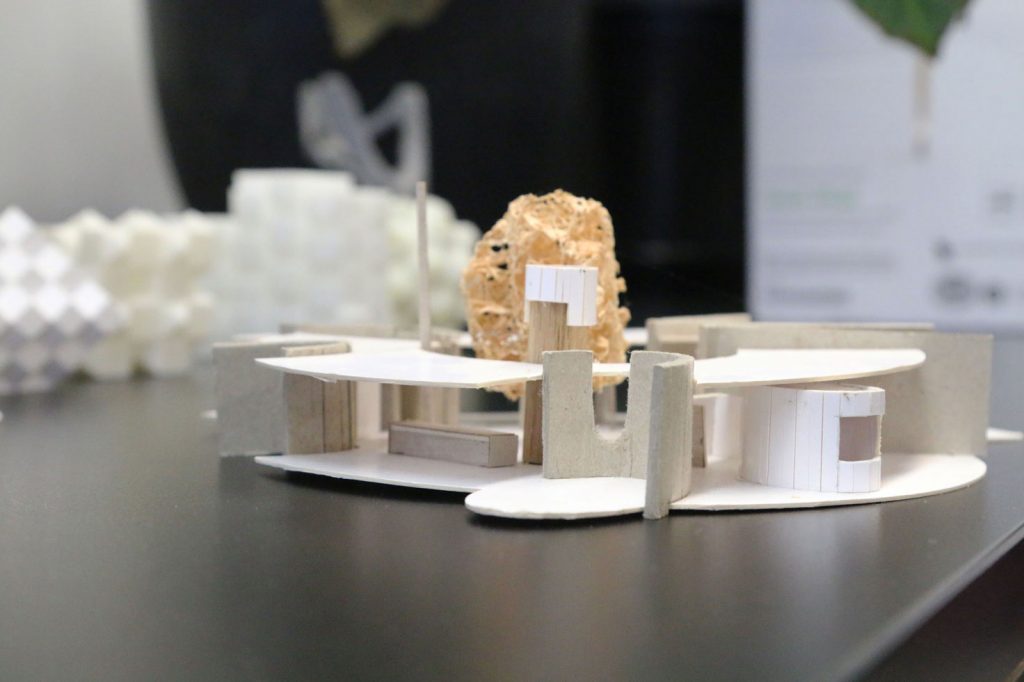
BKK’s first office space was part of a government subsidised incubator project – little more than cubicles and fitballs. They had no windows, but plenty of ambition. As is so often the case, the foundation was in residential architecture, which they say will continue to be important to the practice.
“But we always imagined working on bigger projects,” says Black. “At a young age, Simon and I had run some very big public projects. And I think we both had a taste for that.”
The timing was great for them too.
“When we started practising in 2000 it was the start of one of the biggest building booms this country has ever seen, so there was a huge opportunity out there for us. And we’ve never really looked back,” says Knott.
That’s not to say it was a smooth ride, however. In an amusing riff on the actor’s nightmare, Knott recalls a recurring dream.
“We were all sitting around a table with this giant telephone, waiting for it to ring,” he says.
“[We were thinking] ‘where are we going to get work from? How do you do it? Because you don’t get taught that at university.”
Black’s commercial acumen kicked in and he began putting systems and processes in place, which didn’t always make immediate sense to his partners, although later they could see their worth. One of the best strategies they deployed was scheduling periodic external reviews of the business.
“We’ve done them regularly throughout the practice and it’s a really good lesson in how to run a business,” says Black. The sessions were pivotal in not just understanding the day-to-day processes and procedures, but also in giving them the opportunity to always look at the big picture.
“[It’s] really blue sky thinking about ‘who do we want to be competing against, what sort of practice do we want to be seen as and how do we grow?’,” says Knott, adding that actually forming those three- and five-year commitments have brought them to where they are now.
Huon joined the practice around the five-year mark. “I started as a student and never left. It was quite small then – just the three directors and a couple of staff.”
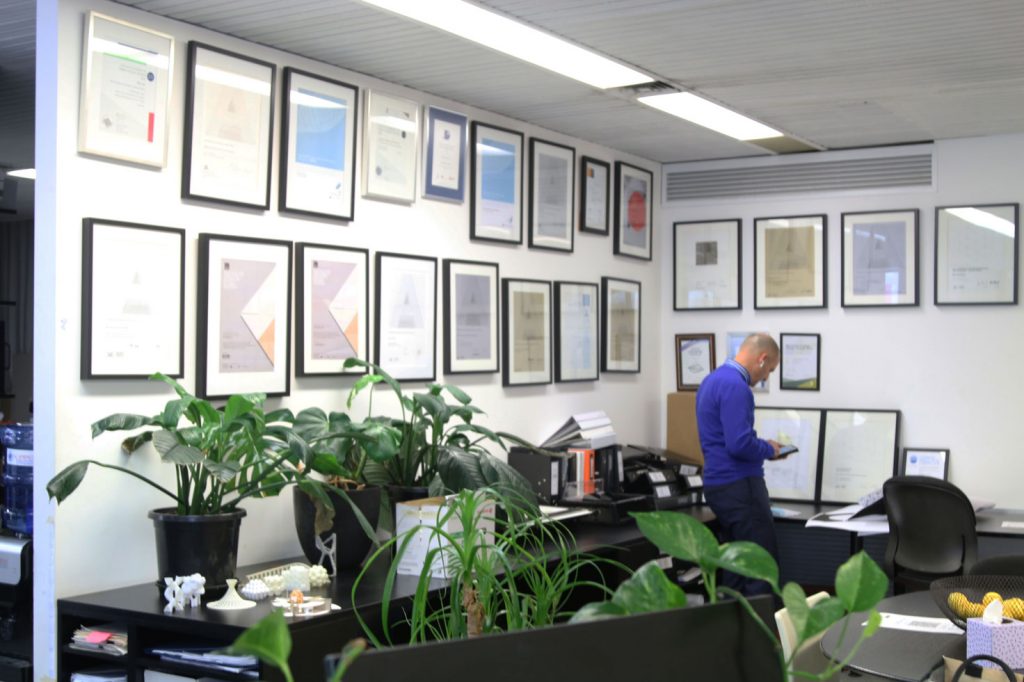
Currently, there are around 26 in the practice, comprising both full and part-timers. Huon may have joined thanks to a tap on the shoulder and the suggestion that it may be a good fit, but he has stayed for the ethos.
“Something that was clear to me was the strong emphasis on having a culture. As the practice has matured, strategy has become much more important, but culture has always been front and centre.”
“We want it to be a fun place to be. Architecture is hard sometimes and you work long hours sometimes, so it’s got to be enjoyable, otherwise it’s just a slog,” adds Knott.
Staff at the practice are encouraged to teach and do other things outside of the discipline and they are given time off to do this, say the leaders, pointing to research that says staff are more productive working fewer than 40 hours a week.
The focus on diversity relates to more than staff well-being. “It’s about the quality of your working life and also in the work you do, having a degree of diversity in your portfolio of work,” says Huon.
Knott says this element is just as strategic as the emphasis on the work/life balance. “If you want to ride through the peaks and troughs, there’s no point just being in one sector of architecture.”
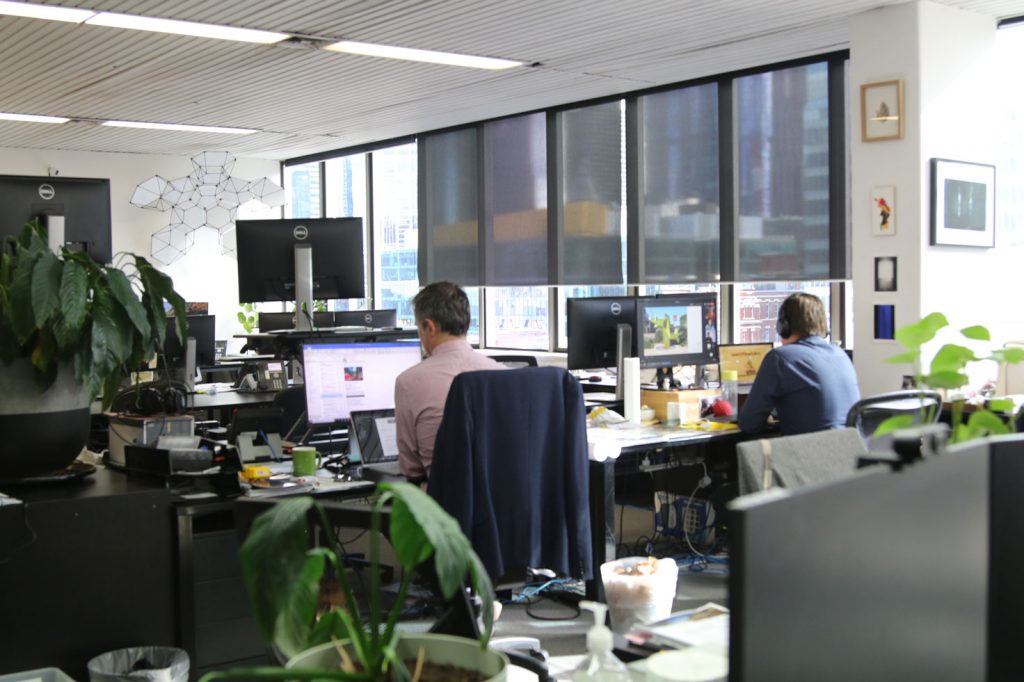
The way the practice has evolved there is now an administrative team to execute much of the day-to-day running of the business, but individuals have organically gravitated towards certain roles.
“I tend to look after the nuts and bolts of where the paper is and how much coffee is left, while Tim’s focused a bit more on the financial aspect of things,” says Knott. “But this is not exclusive. It’s very much a shared endeavour.”
“I sometimes pick the coffee too,” says Black.
“There’s nothing that really goes on in the practice that we’re not aware of,” stresses Knott.
“It’s not like things happen in silos, but a really good lesson in practices is learning how to delegate. I think architects are naturally control freaks. You have to be really obsessed and across details to do projects well. And it can be quite hard to let that go.
“But as we’ve got older we’ve learned to do that and we have the most fantastic practice manager now in Missy Saleeba. She’s really been a dynamo here.”
No one is boxed into a management role and everyone remains equally active in project work.
“It’s a really strong guiding principle of the practice, both in design and management, that many heads are better than one,” says Knott.
With this approach, transparency is a given, which is why the trio all sit in the middle of the office, rather than tucked away in separate offices.
“We try to give project architects an understanding of how the fee structures work,” says Knott.
“And it’s tough to make architecture profitable, particularly now when projects go five years plus. A lot of things can go wrong in that time.”
BKK on:
Workplace culture:
We want it to be a fun place to be. Architecture is hard sometimes, and you work long hours sometimes, so it’s got to be enjoyable, otherwise it’s just a slog
Best advice they’ve received:
Randall Marsh always said, “You can explain your ideas around design errors if things don’t turn out the way you thought, but the one thing that will get your clients riled up is money, so you really need to manage the money well.”
Effects of COVID on the business:
We were very lucky with COVID… as we actually had some really good large-scale projects already well underway. We had teams formed and leadership in place to guide those teams. Where we found it most difficult was when we picked up new work – forming new teams was much more challenging.
Architecture’s advantages in a pandemic:
The good thing about architecture is it goes for a number of years. So a short, sharp economic headlock doesn’t do us the same harm that it does say a hospitality or creative venture.
Wish they’d known starting out:
The importance of understanding your staff and nurturing people. The soft skills are much more difficult to develop.
Advice to new practices:
Learn when to hold them, when to fold them, when to be tenacious and fight for the outcome and when you need to be nimble and navigate a different path.
Future plans:
We’re not looking to be a 300-person practice but we’re starting to lift the ambition a bit towards working in the Asia Pacific region.
Growth areas
Healthcare, aged care, knowledge industries within advanced economies, affordable/public housing and the continuing urbanisation, despite the COVID conundrum of emptying out of our cities.
This article is from Architectural Review 168. If you would like to read the full latest magazine, click here to receive a complimentary copy of our first digital issue.
You Might also Like


